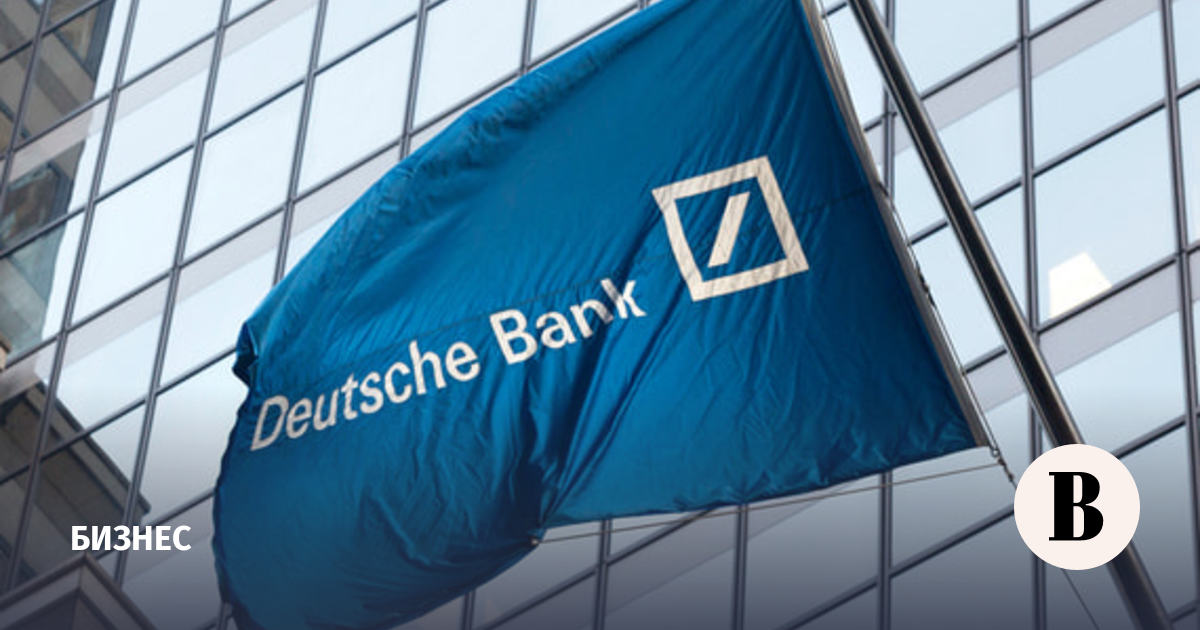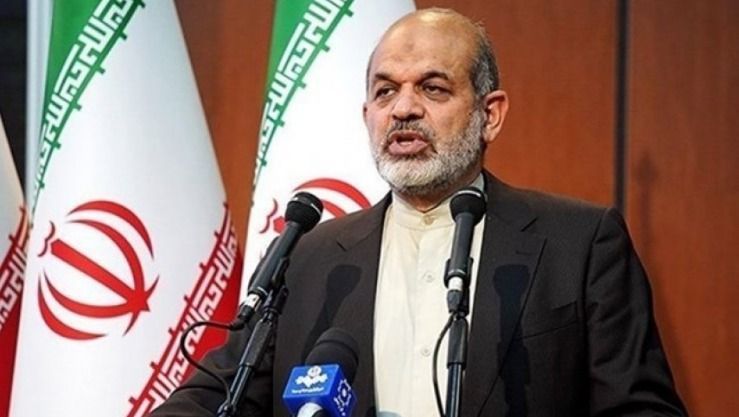Global Perspectives on Economic Health and Protests
From perceptions of class identity in South Korea to student activism on Middle East issues, explore the nuances of economic climates and political sentiments across the globe.
Published May 10, 2024 - 00:05am

Image recovered from koreatimes.co.kr
People's perceptions of economic status can be highly subjective, as is seen in South Korea, where individuals earning high incomes still consider themselves middle class or even lower class. A study by the Korea Development Institute (KDI) revealed that despite being in the top income brackets, many Koreans do not identify as upper class, pointing to a broader issue of expectations not aligning with reality.
In contrast to these findings of personal financial skepticism, China's economy shows objective signs of resilience, with exports and imports picking up in April after a slump in March. The growth indicates that policy measures might be stabilizing consumer confidence, and with increases in both crude oil and coal imports, China seems positioned for further economic recovery.
Meanwhile, in Nigeria, the equities market suffered due to sell-offs of banking stocks, despite a robust year-to-date return. This exemplifies the volatile nature of financial markets and the immediate impact of investor sentiment on market indices.
On the political front, student activism in the United States reveals a divided perspective on Middle East conflicts, especially concerning the Israel-Hamas situation. While a portion of students sympathize with pro-Palestinian protests, a poll suggests that the majority oppose such demonstrations, especially when they stray into unlawful territory.
The interconnectedness of economic developments and political activism across these regions underscores the complexity of contemporary global issues. It emphasizes the need for continued attention to the ever-evolving narratives of financial stability and civil discourse within various socio-political contexts.
The phenomenon of self-perception as it relates to economic status, as highlighted in the KDI study, is not unique to South Korea. It reflects a broader trend where the traditional markers of class—such as income, education, and occupation—are increasingly at odds with personal assessments. The KDI also noted cultural factors that might contribute to this mismatch, including the high value placed on humility and the competitiveness of South Korean society. The fear of not having enough for the future despite current wealth plays into these perceptions as well.
This disparity between objective wealth and subjective class identification may have far-reaching implications for economic policy and social welfare programs. Policymakers often rely on income brackets to target assistance and promote social mobility. Yet, if a significant portion of the population does not recognize their true economic status, this could lead to underutilization of government programs designed to aid the genuinely needy, or a lack of necessary support for those who perceive themselves as less affluent.
The situation in China, meanwhile, underlines the dynamic nature of the global economy. The uptick in trade and commodity imports can be seen as the result of the government's aggressive measures to counter the long-term economic effects of the pandemic. Further signs of China's economic resilience can be observed in increased consumer spending and investment in technology and infrastructure, aimed at fostering a more sustainable economic model. Such developments suggest that China's economic ambitions remain robust, as the country continually adapts its strategies to maintain growth within the shifting global economic landscape.
Investor behavior in Nigeria's stock market further illustrates the complexity of economic confidence. While the country's equities market has shown strength over the past year, the recent sell-offs highlight the short-term perspective often adopted by investors. The Nigerian situation speaks to the broader issue of the challenges faced by emerging markets as they seek to navigate investor sentiment and maintain market stability amidst geopolitical and economic uncertainties.
Turning to the United States, student activism around Middle East politics often serves as a microcosm of the wider societal debates. The opinions reflected in the aforementioned poll could be indicative of broader national attitudes toward international conflicts and the role of protest in public discourse. Furthermore, the poll's findings regarding the majority's opposition to protests that cross into illegal activities speak to an overarching concern about the bounds of activism and the importance of maintaining the rule of law while exercising freedom of speech.
The array of student voices encompassing diverse opinions on the Israel-Hamas conflict also suggests a generational shift. Younger demographics are increasingly engaged in complex global issues through social media and other digital platforms, allowing for a rapid exchange of information and opinions, often resulting in highly mobilized and polarized groups. This highlights the role of universities as potential incubators for future leaders and their significance in shaping informed, engaged citizens.
Ultimately, narratives surrounding financial stability, economic identity, and political activism, whether in South Korea, China, Nigeria, or the United States, illustrate the multifaceted challenges faced by societies around the globe. As the economic and political landscapes continue to evolve, the interplay between public perception and objective reality will remain a critical point of study for economists, policymakers, and sociologists alike. The lessons drawn from these disparate yet interconnected situations could inform strategies aimed at fostering not only economic growth but also a more nuanced understanding of wealth, stability, and activism in different cultural contexts.







